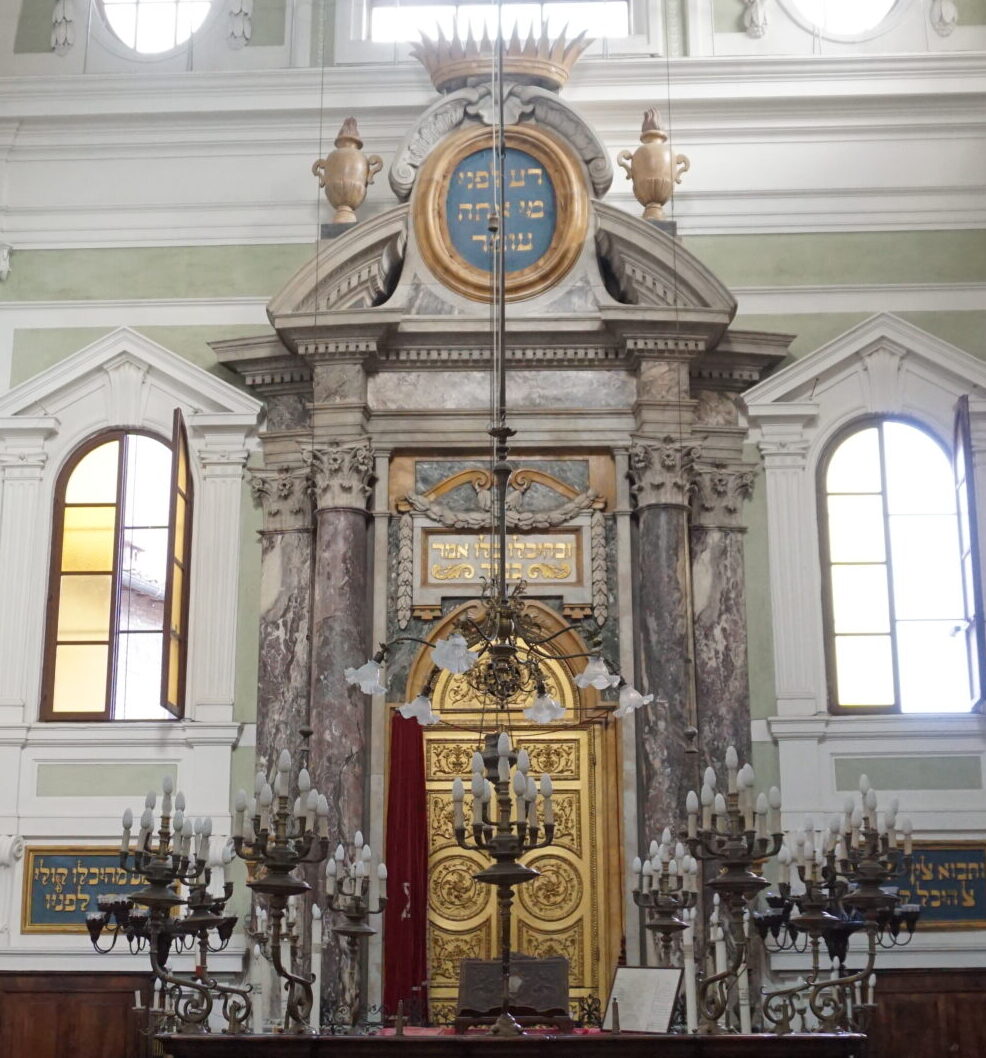ISJM: A Brief History
ISJM was founded in 1977 by art historians Raina and Philipp Fehl. They were concerned with the lack of reliable information available about Jewish art and sites, and the limited attention given to Jewish art and architecture within the academic disciplines. The Fehls organized ISJM as a network of international researchers to exchange information and encourage research. At several annual conferences the Fehls convened ISJM members and an increasingly expanding community of friends to hear papers and reports about Jewish sites worldwide.
Recognizing the considerable artistic and historic value of Jewish art objects and historic sites, ISJM initiated an active program of information exchange and a small program of research grants to encourage greater interest and understanding of this heritage. An initial grant from the Samuel H. Kress Foundation, and continuing support from the University of Illinois at Urbana-Champaign, made this work possible. For example, ISJM sponsored research projects in Morocco and Turkey were among the first efforts to document Jewish sites in those countries.
Overall, ISJM activities consisted of four main components:
• Information exchange through the publication of a newsletter (1977-1990)
• Focus on scholarly work through regular sessions at academic conferences including on a regular basis the College Art Association, the International Congress on the History of Art, and the Annual Medieval Congress held at Western Michigan University (Kalamazoo)
• Stimulation of documentation of Jewish sites through research grants
• Advocacy for the documentation protection of Jewish sites through letters and meetings with government and Jewish officials
Quantifying the results of these efforts is difficult, but in retrospect, it is clear that as a whole they were very effective in educating and sensitizing a large group of people to critical issues at a crucial time. After a decade of such work, public interest in the fate of Jewish monuments had dramatically increased. Many of the scholars and activists who are leaders in related fields received their first support and public exposure through ISJM.
Today, museums and academic programs increasingly incorporate Jewish historic and artistic material into their public offerings. Programs such as the Jewish Heritage Program of the World Monuments Fund (WMF) relied heavily on the agenda and research of ISJM. Founded in 1988, this program, with the help of many ISJM members, WMF expanded ISJM’s work in the direction of historic preservation. Importantly, just as ISJM brought Jewish art studies more closely into academic art history departments, so WMF’s efforts more fully integrated the study and preservation of Jewish monuments into the wider fields of architectural history and historic preservation. In Israel, new ground was broken by the Center for Jewish Art at Hebrew University through their expanded research and publishing activities. In 2012 the website Jewish Heritage Europe was created to bring together news and other information about Jewish heritage sites. ISJM works closely with all these and many other initiatives.

